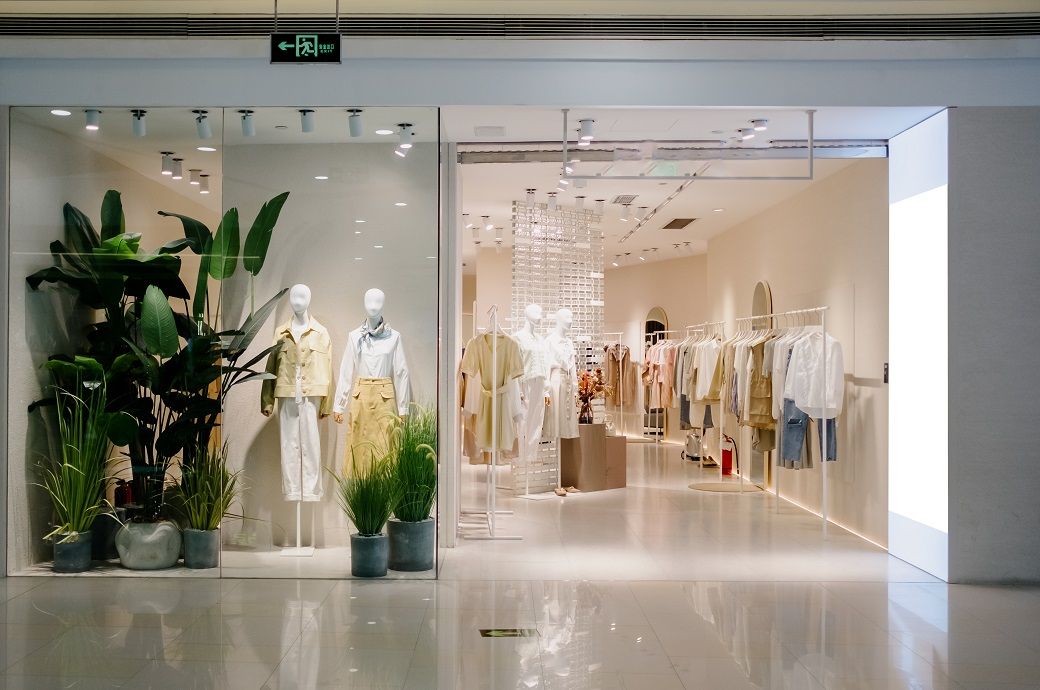The market has shown robust growth of 11-13 per cent at constant exchange rates, mirroring last year’s pace. This surge equates to an approximately €160 billion rise in luxury spending across various categories. A significant driver has been the spending on experiences, especially travel and social interactions, which have bounced back to historic highs.
Personal luxury goods form a key segment, expected to grow by 4 per cent to €362 billion by year-end. However, the report notes potential headwinds in the fourth quarter, including fragile consumer confidence and macroeconomic tensions, particularly in China and the US. Consequently, a softer performance is anticipated in 2024, with growth projected in the low-to-mid single digits, as per the report.
The global luxury market is forecast to hit €1.5 trillion in 2023, growing 8-10 per cent despite economic challenges.
Key drivers include increased spending on experiences and robust growth in personal luxury goods.
The market faces headwinds but remains resilient, with evolving consumer demographics and a focus on sustainability and technology.
The luxury market’s resilience is further highlighted by the near recovery of global luxury tourist purchases to pre-pandemic levels. Europe has seen a surge in tourism, contributing to growth in both long-haul resort locations and key luxury cities. Although local aspirational customers face macroeconomic instability, stable top-customer pools have maintained market growth.
The Americas, however, have experienced an 8 per cent decline from 2022, with continued uncertainty affecting spending. Despite this, top customers remain confident, often opting to spend abroad due to favourable currency exchange rates. On the other hand, Saudi Arabia and Australia have emerged as burgeoning luxury markets, attracting significant brand investments.
Mainland China initially showed strong performance post-reopening but faced a slowdown due to new macroeconomic challenges. Hainan, however, is set to become a major luxury hub by 2025. Japan is thriving, thanks to robust local consumption and a weak Yen attracting tourists. Conversely, South Korea faces challenges due to macroeconomic factors and a strong currency.
The report reveals growth across all luxury categories, driven by continued price increases. Ready-to-wear, particularly in the ultra-high segment, shows positive growth due to rising demand for excellence and durability. In distribution, monobrand leads, buoyed by consumers’ preference for physical experiences and effective clienteling. However, multi-brand environments, including department and specialty stores, are experiencing a slowdown.
The report emphasizes the rising complexity of multi-generational consumer needs. Generation X and Y, at their peak income years, represent the majority of luxury purchases, while Generation Z, at the forefront of social change, is increasingly influential. By 2030, Gen Z is expected to account for 25-30 per cent of luxury market purchases, with millennials representing 50-55 per cent.
Looking towards 2030, the luxury market’s growth seems poised to continue, with Chinese customers projected to represent 35-40 per cent of the personal luxury goods market. Europeans and Americans together are expected to account for 40 per cent. Online and monobrand channels could dominate two-thirds of the market.
Fibre2Fashion News Desk (DP)
























































![Social Media Spring Cleaning [Infographic] Social Media Spring Cleaning [Infographic]](https://imgproxy.divecdn.com/9e7sW3TubFHM00yvXe5zvvbhAVriJiGqS8xmVFLPC6s/g:ce/rs:fit:770:435/Z3M6Ly9kaXZlc2l0ZS1zdG9yYWdlL2RpdmVpbWFnZS9zb2NpYWxfc3ByaW5nX2NsZWFuaW5nMi5wbmc=.webp)
![5 Ways to Improve Your LinkedIn Marketing Efforts in 2025 [Infographic] 5 Ways to Improve Your LinkedIn Marketing Efforts in 2025 [Infographic]](https://imgproxy.divecdn.com/Hv-m77iIkXSAtB3IEwA3XAuouMwkZApIeDGDnLy5Yhs/g:ce/rs:fit:770:435/Z3M6Ly9kaXZlc2l0ZS1zdG9yYWdlL2RpdmVpbWFnZS9saW5rZWRpbl9zdHJhdGVneV9pbmZvMi5wbmc=.webp)













